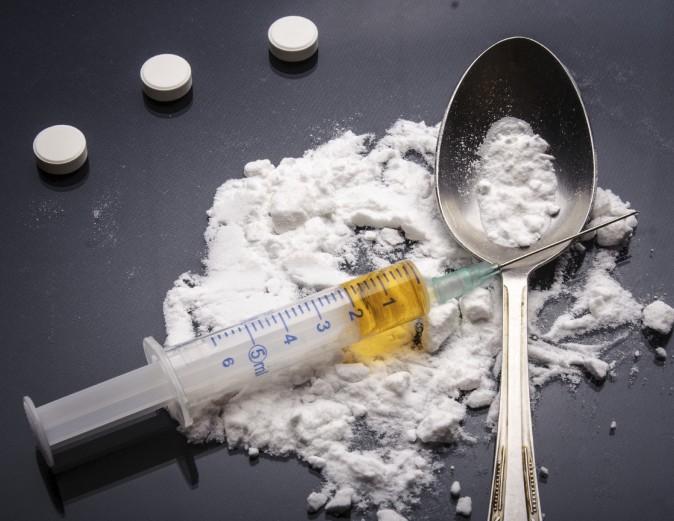There is only one certainty about drugs—if you don’t use them, you won’t get addicted. Everything else we know about how and why people develop problems with drugs remains uncertain or at least up for debate.
Forty years ago, the gateway theory of drugs emerged and is still widely quoted today. This hypothesis proposes there are a series of stages to drug use that start with legal “soft” drugs, such as alcohol and tobacco, which then lead on to the use of an illicit drug, typically cannabis.
Many people experiment with drugs such as tobacco, alcohol, and cannabis during their adolescent years. For some, buying cannabis from a dealer who supplies other drugs can be an access point that might lead them on to using other drugs, such as heroin. In that sense, cannabis use could be viewed as a gateway to other drugs.
But the gateway theory starts to look flimsy when you consider the fact that not everyone who uses cannabis goes on to use heroin.
The Prescription Gateway
Although not new, an often overlooked gateway or route into illegal use of drugs is the one instigated by prescription medicine.
For example, opiates are prescribed to manage pain. After being introduced to opiates in this way by their doctor, many people go on consuming opiates after their initial pain has subsided. But instead of accessing opiates via their prescribers they enter a shadow world of diverted opiate medication, often made available through family or friendship networks.

